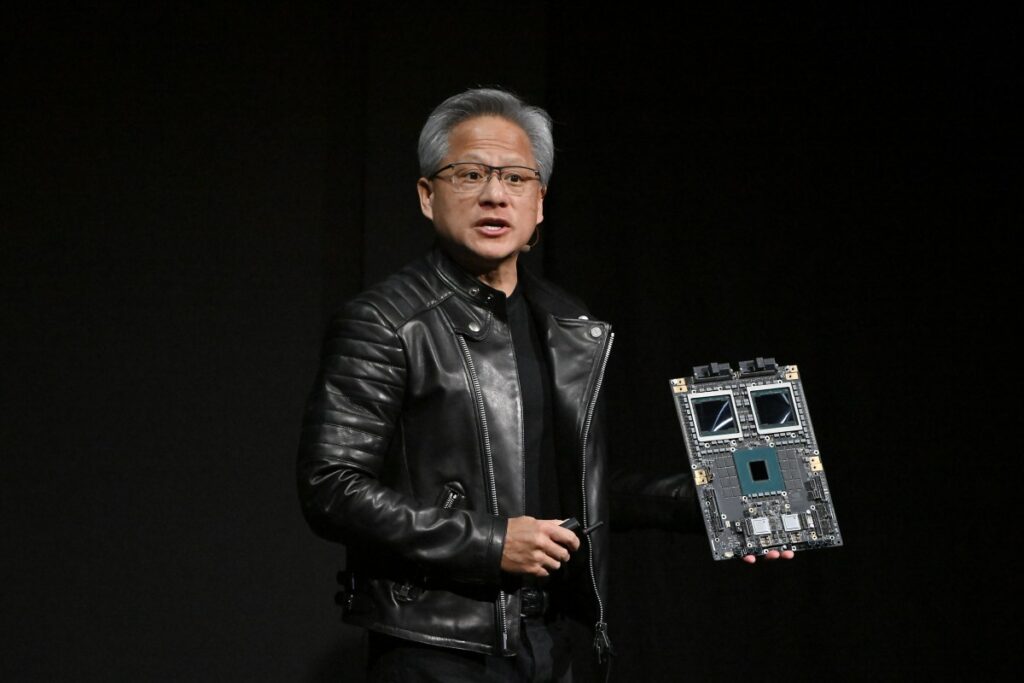The AI Race Takes a New Turn: Exploring Test-Time Compute
The landscape of artificial intelligence is constantly evolving, and it seems like we’re on the brink of a fascinating new chapter. Recently, a shift has been brewing among the top developers as they begin to reconsider their strategies in building super-intelligent systems. Enter "test-time compute"—a term you might be hearing more of as the chatter grows. Not quite sure what that means? Don’t worry, we’ve got you covered.
What Is Test-Time Compute?
At its core, test-time compute refers to how AI systems utilize computational resources during the evaluation phase of their operations, rather than just during training. This concept aims to optimize the efficiency of AI algorithms, allowing them to process information more intelligently and potentially yield better outcomes.
Imagine you’re a student cramming for a big exam; if you could figure out your strongest study methods during the test itself, you’d ace it with ease! Similarly, test-time compute enables AI systems to adapt and refine their processes on-the-fly, making them not just faster but smarter.
The Equity Buzz: Breaking Down the Week’s Insights
On the latest episode of TechCrunch’s Equity podcast, hosts Kirsten Korosec, Devin Coldewey, and Margaux MacColl dived deep into this emerging trend alongside a broader discussion on the latest tech and startup news. The Energy in the podcast was palpable as they unraveled what test-time compute means for the future of AI, buzzing with insights and engaging anecdotes.
As investors and developers begin to explore this more nimble approach, it opens up new avenues for innovation in the AI space. Picture local tech startups in your area, perhaps in Silicon Valley or even right around the corner in Austin, where co-working spaces are teeming with minds eager to leverage AI in new ways. Developers are taking notice, and the possibilities seem endless.
Real-World Implications: Why It Matters
So, why should you care about test-time compute? The potential is significant. For example, think of AI applications ranging from healthcare solutions that can adapt to patient data in real-time to self-driving cars optimizing routes based on live traffic updates. Each scenario highlights how test-time compute can translate into tangible improvements in everyday technology.
By focusing on optimizing computation at the testing phase, we can enhance the performance of these systems, making them more responsive, accurate, and adaptive to the real world around them.
Moving Forward
In a world where technology is advancing at an unprecedented rate, it’s essential to keep pace with these changes. As developers dig deeper into how to best implement test-time compute, it’s an exciting time for both tech enthusiasts and industry professionals alike.
The AI Buzz Hub team is excited to see where these breakthroughs take us. Want to stay in the loop on all things AI? Subscribe to our newsletter or share this article with your fellow enthusiasts.




